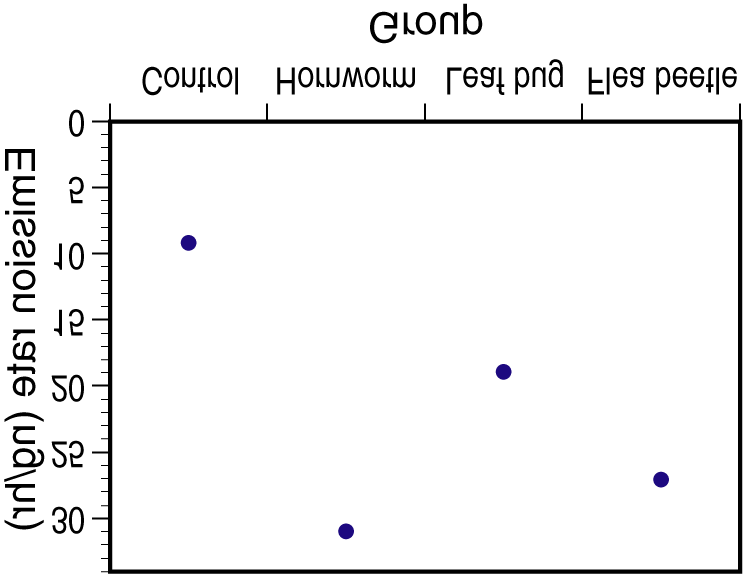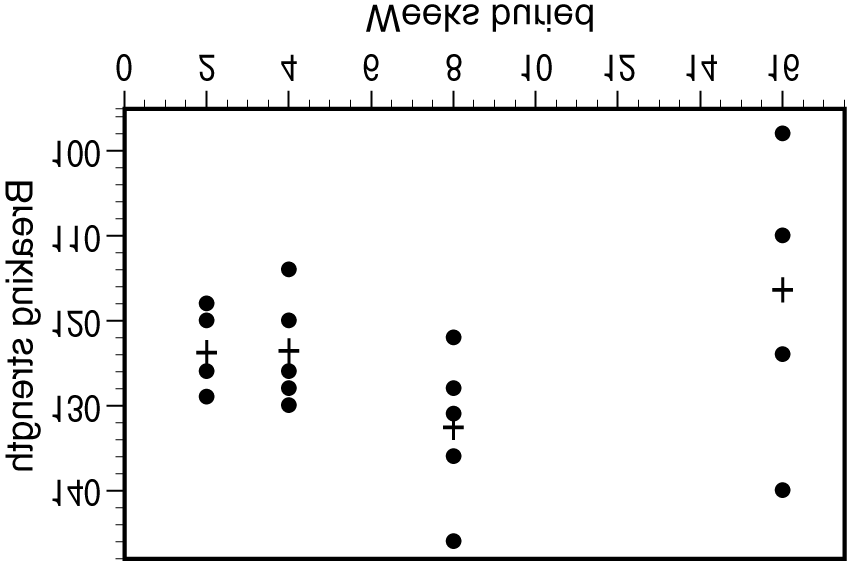2008 ckd usa dod inside pages.indd
Dialysis of Drugs Curtis A. Johnson, PharmD CKD Insights, LLC Verona, Wisconsin Professor (Emeritus) of Pharmacy and MedicineUniversity of Wisconsin-MadisonMadison, Wisconsin 2008 Dialysis of Drugs DISCLAIMER—These Dialysis of Drugs guidelines are offered as a general summary of information for pharmacists and other medical professionals. Inappropriate administration of drugs may invol

 Chapter 22 One-Way Analysis of Variance: Comparing Several Means
22.20. (a) We test H0: µ1 = µ2 = µ3 = µ4 = µ5 vs. Ha: not all means are the same. (b) N = 168, I = 5,
Chapter 22 One-Way Analysis of Variance: Comparing Several Means
22.20. (a) We test H0: µ1 = µ2 = µ3 = µ4 = µ5 vs. Ha: not all means are the same. (b) N = 168, I = 5,